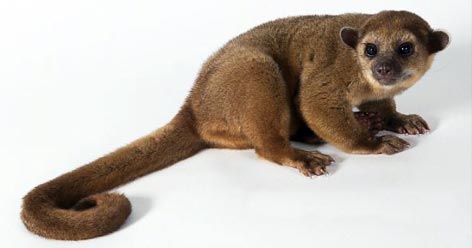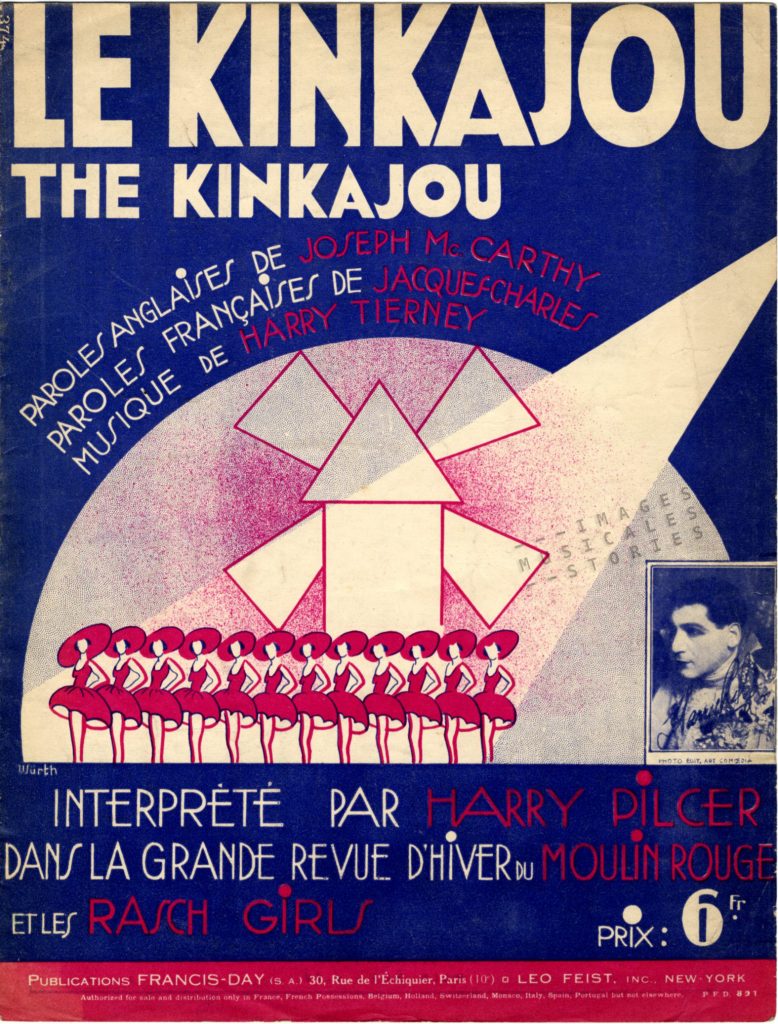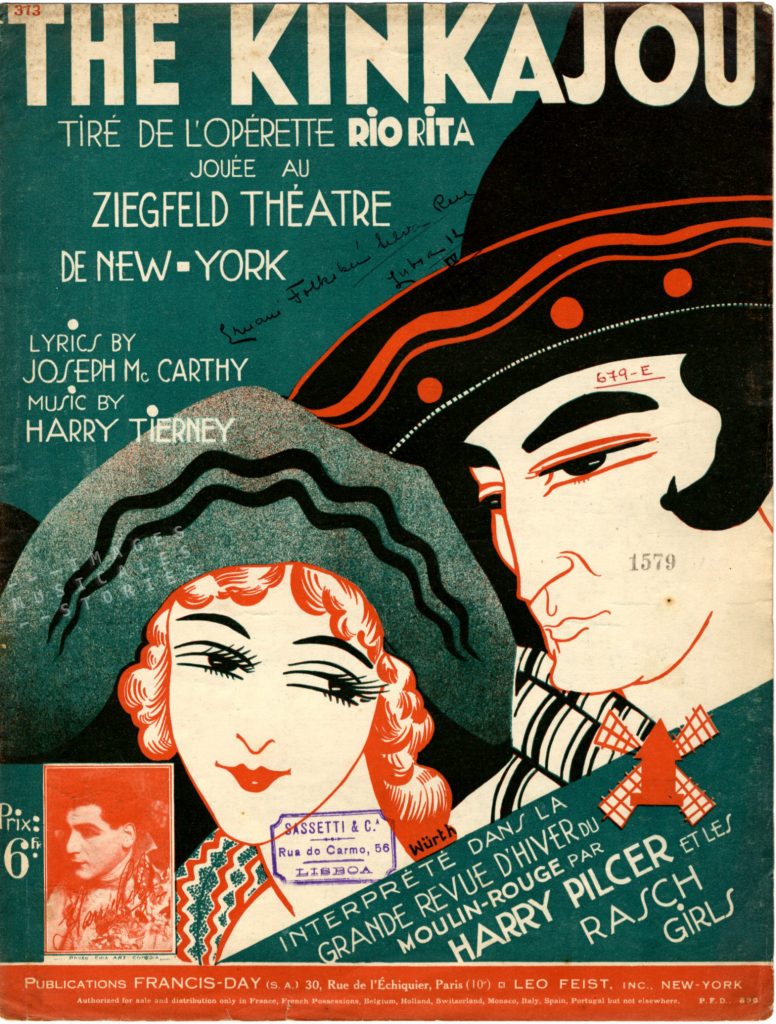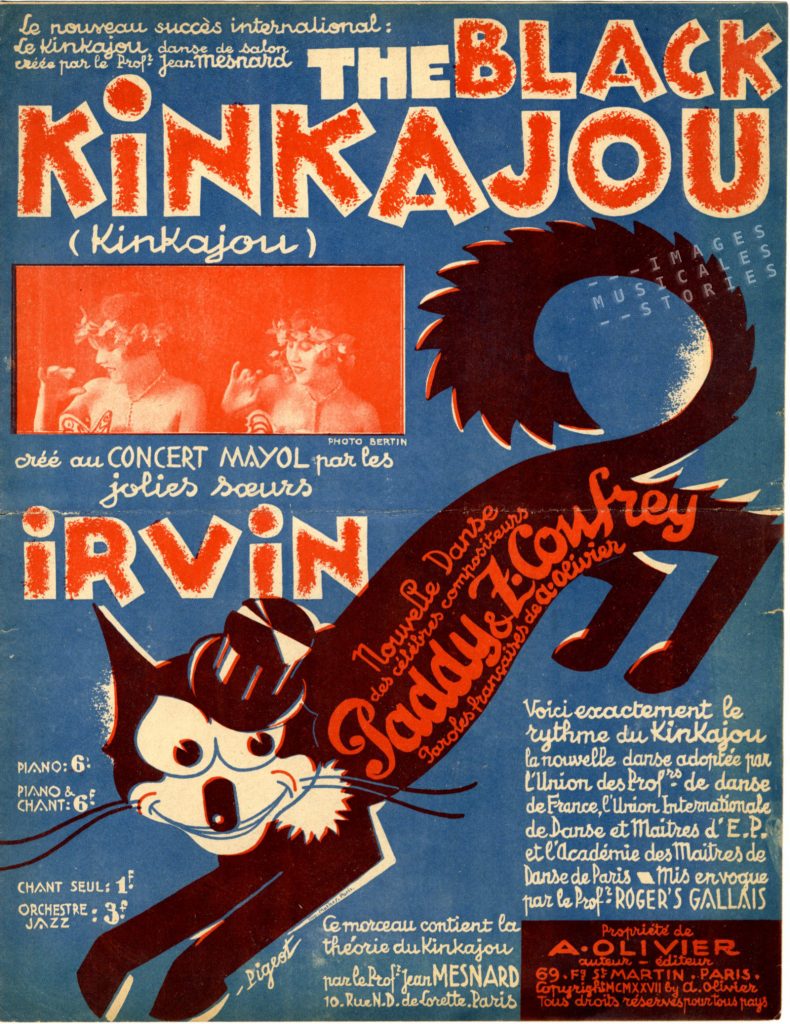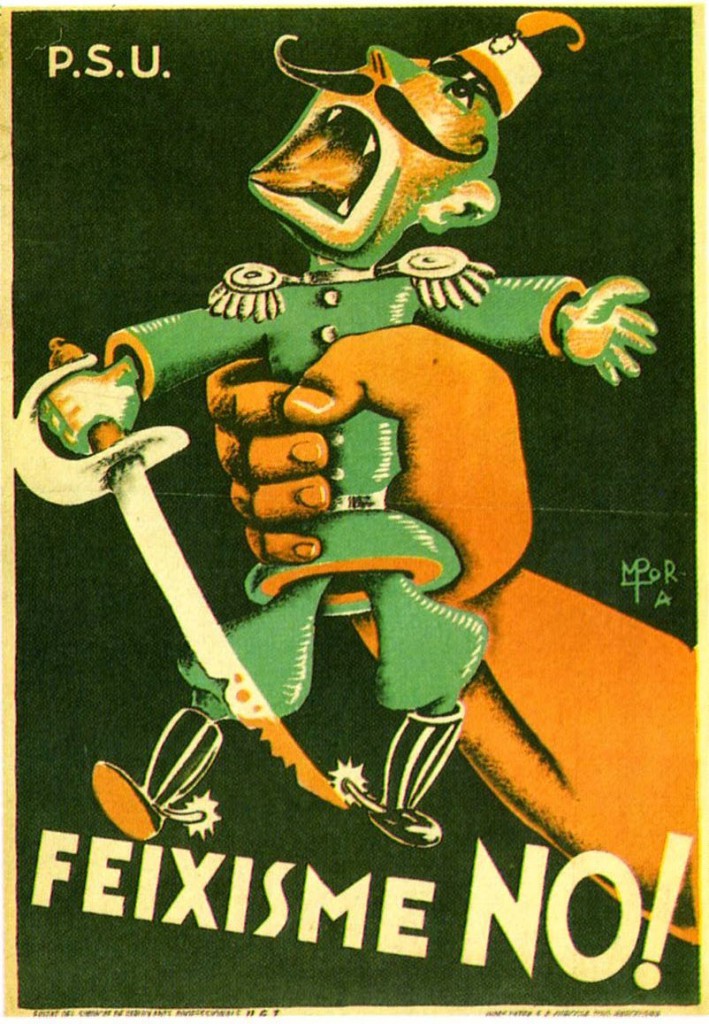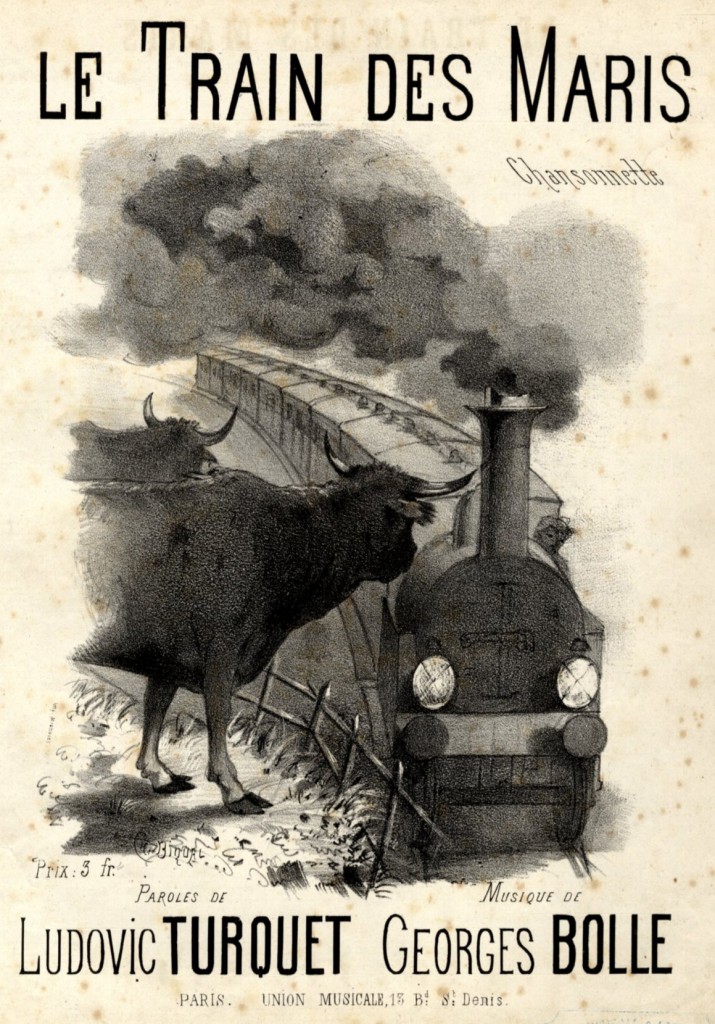
With the development of railways in the second half of the 19th century, the upper and middle classes started to enjoy the summer at the seaside. Women and children could stay for one or two months while the husbands joined them each weekend.
Every Saturday evening, after work, a train full of happy husbands departed direction coast and returned back on Monday morning. These express trains from Paris or Brussels to and fro the North Sea resorts were called trains des maris (husband trains). In Germany it was the Ehemännerzug which brought the husbands from Berlin to the Baltic Sea and back again.
On the naive Parisian trade card above two men buy their tickets, first class of course, for the train des maris.
According to the Figaro there also existed ‘trains des amants’ or lover trains – so very French! On Monday morning these trains brought the young men from the cities to the ‘lonely’ married wives at the resorts. They returned home on Saturday morning before the arrival of the husbands…
The Belgian artist Félicien Rops made an amusing etching of a train des maris: a wife and her lover are seen kissing, behind huge and symbolic horns while in the distance the horn-bearing train takes her husband on his way.
I don’t think it is a coincidence that Charles Biqual depicts the horned cows in the foreground of the sheet music cover, do you?
Anyway, some women seemed very cheerful when the train des maris had left, as illustrated by Herouard for La Vie Parisienne.





